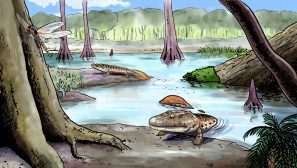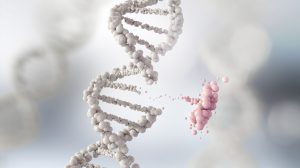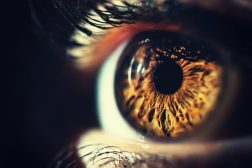Definition
noun, plural: lacrimations
The shedding of tears; crying; tearing
Supplement
Lacrimation refers to the shedding or secretion of tears. Tears are the fluid that flow from or appear in the eyes, especially due to emotions or irritations. Tears may be formed through crying, i.e. the shedding of tears in response to an emotional state. Crying may be due sorrow, awe, pleasure, elation, etc. Tears may also be generated as a means to clean and lubricate the eyes, particularly when there is an eye irritation. Tears may also be shed when yawning.
Humans have a precorneal film, which is a tear film that coats the eye. The precorneal film has three layers: (1) lipid layer, (2) aqueous layer, and (3) mucus layer. The lipid layer has meibum (oil) secreted from meibomian glands at the rim of the eyelids inside the tarsal plate. The aqueous layer has electrolytes, antibodies, lipocalin, lactoferrin, lysozyme, etc. that are secreted from the lacrimal gland. The mucus layer has mucins secreted from the conjunctival goblet cells.
The lacrimal glands secrete lacrimal fluid that flow into the canals that are connected to the lacrimal sac. From the sac, the tears, then drain through the lacrimal ducts into the space between the eyeball and lids. An excess of tears leads to the tears draining through the lacrimal duct onto the nasolacrimal duct, and finally into the nasal cavity.
Word origin: Latin lacrima (“tear”)
Synonym(s):
- tearing
- crying
- lachrymation
See also:







